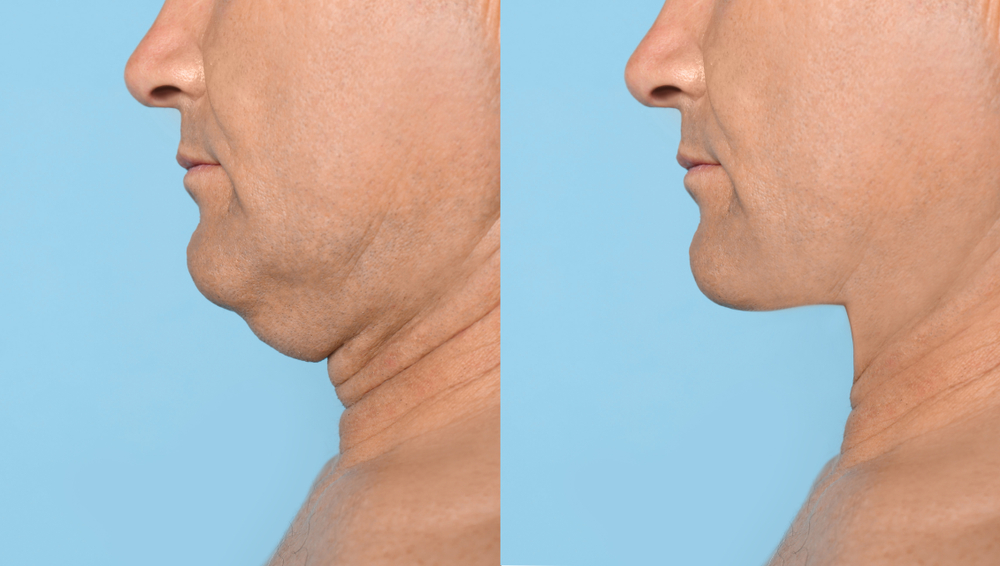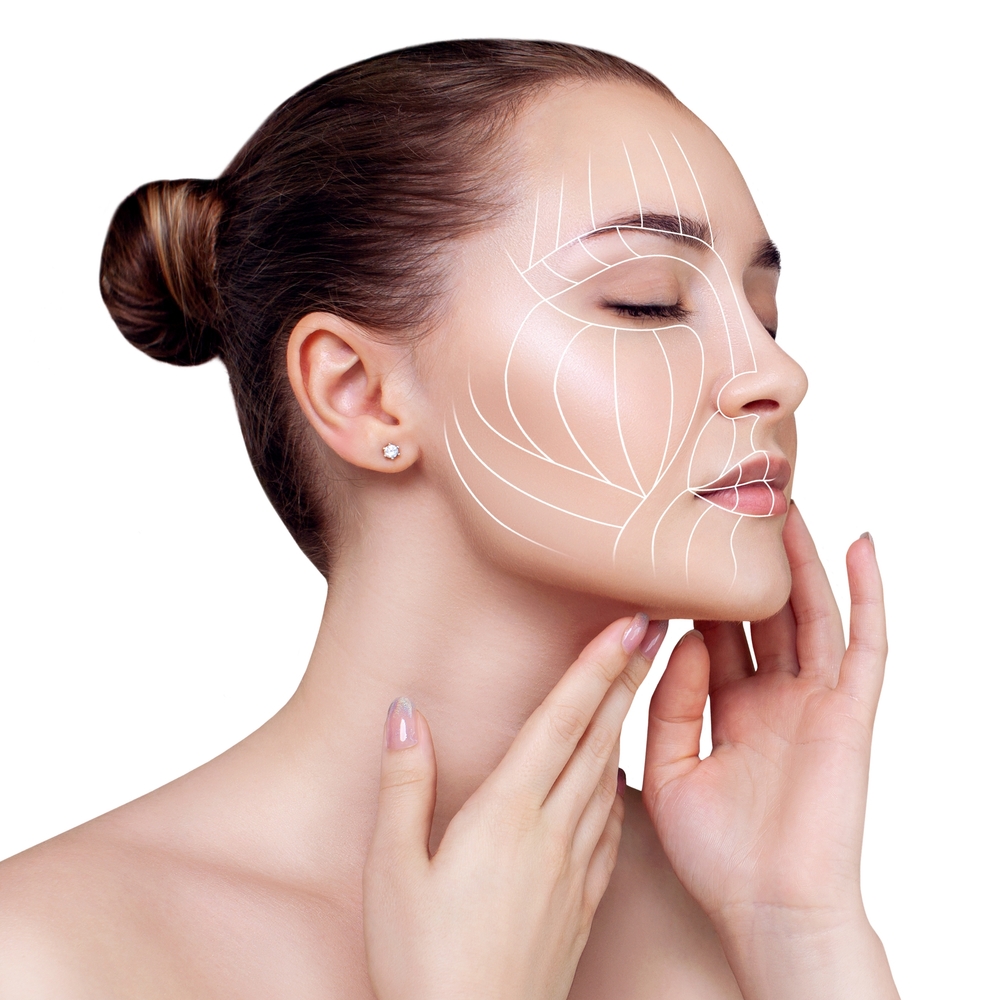Hyperpigmentation and post-inflammatory hyperpigmentation are both conditions that involve changes in skin color. However, understanding what sets them apart from each other can help to determine which treatments you may want to choose to treat your pigmentation concerns.
At Bellaire Dermatology in Houston, TX, we can offer you some clarity on your skin concerns by giving you an accurate diagnosis. This way, we can help point you towards the right skin lightening treatments for you and help you improve the health and quality of your skin.
What Is the Difference Between Hyperpigmentation and Post-Inflammatory Hyperpigmentation?
Hyperpigmentation
Definition
Hyperpigmentation refers to the darkening of an area of the skin due to the overproduction of melanin, the pigment responsible for skin and hair color.
Causes
The primary causes of hyperpigmentation include sun exposure, genetic factors, age, hormonal changes, and certain medications. Chronic sun exposure, for instance, can lead to sunspots or age spots, while hormonal changes might cause melasma.
Appearance and Areas Affected
Hyperpigmentation manifests as localized dark patches that vary in size and can appear anywhere on the body. Common areas include the face, hands, and arms. The discolorations are usually uniform in appearance and can range from light to dark brown to black, depending on the depth of the melanin.
Post-Inflammatory Hyperpigmentation (PIH)
Definition
Post-inflammatory hyperpigmentation (PIH) is a type of hyperpigmentation that occurs following skin injury or inflammation. It is the skin’s response to traumatic events such as acne, burns, or other minor injuries.
Causes
The primary cause of PIH is an inflammatory event. As the skin heals from these events, there’s an overproduction of melanin. Common triggers include acne lesions, psoriasis, burns, or even minor injuries like scratches.
Appearance and Areas Affected
PIH appears as flat spots of discoloration. These spots can be pink, red, brown, or black, depending on skin tone and the depth of the discoloration. While post-inflammatory hyperpigmentation can occur anywhere on the body, it is most commonly seen on the face and neck, especially in acne-prone individuals. Unlike other forms of hyperpigmentation, PIH spots are often irregular and might diminish over time with proper skin care and protection.
What Are the Treatments for Hyperpigmentation and Post-Inflammatory Hyperpigmentation?
Chemical Peels
Chemical peels are a skin pigmentation treatment that involves exfoliating and renewing the skin with a customizable topical solution.
How They Work
Chemical peels involve the application of a chemical solution to the skin’s surface. This solution causes the upper layer of the skin to be exfoliated and shed, promoting the regeneration of a new, smoother skin layer underneath. By encouraging rapid cell turnover, these peels act as an effective hyperpigmentation treatment, targeting dark spots and uneven skin tones at their root.
The Benefits for Hyperpigmentation and PIH
- Targeted Exfoliation: The peeling process specifically targets the pigmented skin cells, aiding in their removal and reducing the appearance of dark spots.
- Skin Regeneration: As the old layer sheds, the new skin that surfaces is often lighter, more even-toned, and free from previous discolorations. This makes chemical peels particularly effective for PIH as they can expedite the fading of post-inflammatory marks.
Microneedling
Microneedling is a minimally invasive skin lightening treatment that uses tiny, sterile needles to stimulate collagen production, promoting skin rejuvenation and addressing various skin concerns.
How It Works
Microneedling, sometimes referred to as collagen induction therapy, involves using a device such as the SkinPen® that is equipped with needles that create microchannels in the skin. These perforations stimulate the body’s natural wound-healing processes, leading to increased collagen and elastin production. This hyperpigmentation treatment also encourages the skin to regenerate, promoting a more even distribution of melanin.
The Benefits for Hyperpigmentation and PIH
- Enhanced Product Absorption: The microchannels created by microneedling improve the absorption of topical treatments, allowing serums and creams designed for dark spot removal to penetrate deeper and work more effectively.
- Collagen Boost: By stimulating collagen production, microneedling helps in resurfacing the skin, gradually fading hyperpigmented areas and post-inflammatory marks.
- Natural Skin Lightening: With improved skin turnover and regeneration, there’s a natural lightening of hyperpigmented spots, giving the skin a more uniform appearance.
Microdermabrasion
Microdermabrasion is a non-invasive exfoliating skin pigmentation treatment that removes the outermost layer of dead skin cells, revealing a smoother and more refreshed complexion beneath.
How It Works
Microdermabrasion employs a special device that uses tiny exfoliating crystals to gently sand away the outer layer of the skin. This process helps to remove dead skin cells and stimulate the skin’s natural renewal processes. By targeting the topmost layer where hyperpigmentation typically resides, it allows for fresher, more even-toned skin to emerge.
The Benefits for Hyperpigmentation and PIH
- Immediate Exfoliation: One of the direct results of the treatment is the instant removal of the skin’s outer layer, which often holds much of the pigmented cells, making it a powerful tool for dark spot removal.
- Skin Smoothing: Beyond just pigmentation concerns, microdermabrasion promotes a smoother skin texture, ensuring any post-treatment skin regeneration is even and consistent.
- Enhanced Skincare Efficacy: After a microdermabrasion session, the skin becomes more receptive to topical treatments. This means any post-care products, especially those designed for pigmentation, can penetrate deeper, offering better results.
Fraxel® DUAL Laser Treatments
The Fraxel® DUAL laser is an advanced skin discoloration treatment and resurfacing device that employs fractional laser technology to target specific skin concerns, resulting in improved skin texture and tone.
How It Works
Fraxel® DUAL laser treatments use fractional laser technology to target specific microscopic areas of the skin. This technology splits the laser beam into thousands of tiny columns that penetrate deep into the dermis without affecting the surrounding tissues. These laser columns stimulate the skin’s natural healing process by replacing damaged skin with fresh, new skin. As a premier hyperpigmentation laser treatment, it precisely targets the melanin deposits causing discoloration.
The Benefits for Hyperpigmentation and PIH
- Pinpoint Accuracy: The technology allows for targeted hyperpigmentation laser treatment, ensuring that only the problematic areas are treated, leaving surrounding skin untouched.
- Deep Penetration: The laser’s ability to reach deeper layers of the skin ensures that even stubborn pigmented areas are addressed, promoting a more uniform complexion.
- Rapid Healing: Due to its fractional nature, the recovery time post-treatment is considerably reduced, allowing patients to see results faster and with minimal downtime.
Consultations and Treatments for Clearer, Smoother Skin
Finding the right treatments for your hyperpigmentation or post-inflammatory hyperpigmentation is a matter of spending time talking to your doctor to get the right advice and guidance. Achieving clearer and more radiant skin is possible through a careful treatment plan and a proper understanding of your individual skin concerns.
At Bellaire Dermatology, we offer a wide range of treatments in Houston, TX, that can help reduce hyperpigmentation and heal your skin from the effects of sun damage, acne scarring, and much more. Contact us today at (713) 661-4383 or fill out our online form to schedule a personalized consultation.





